South Africa — Shamla Pather stirred a large pot of mutton curry in the kitchen of her restaurant in Lenasia South, an apartheid-era Indian settlement about 20 miles southwest of Johannesburg. Three sous chefs stood at their stainless steel workstations in other parts of the kitchen, hollowing out loaves of bread and grating carrots.
For 28 years, Pather has been making bunny chow at Bedford Bunny. While Bedford Bunny also serves dishes like roti rolls and samosas, Pather said the bunny chow, made fresh daily, is behind the restaurant’s popularity.
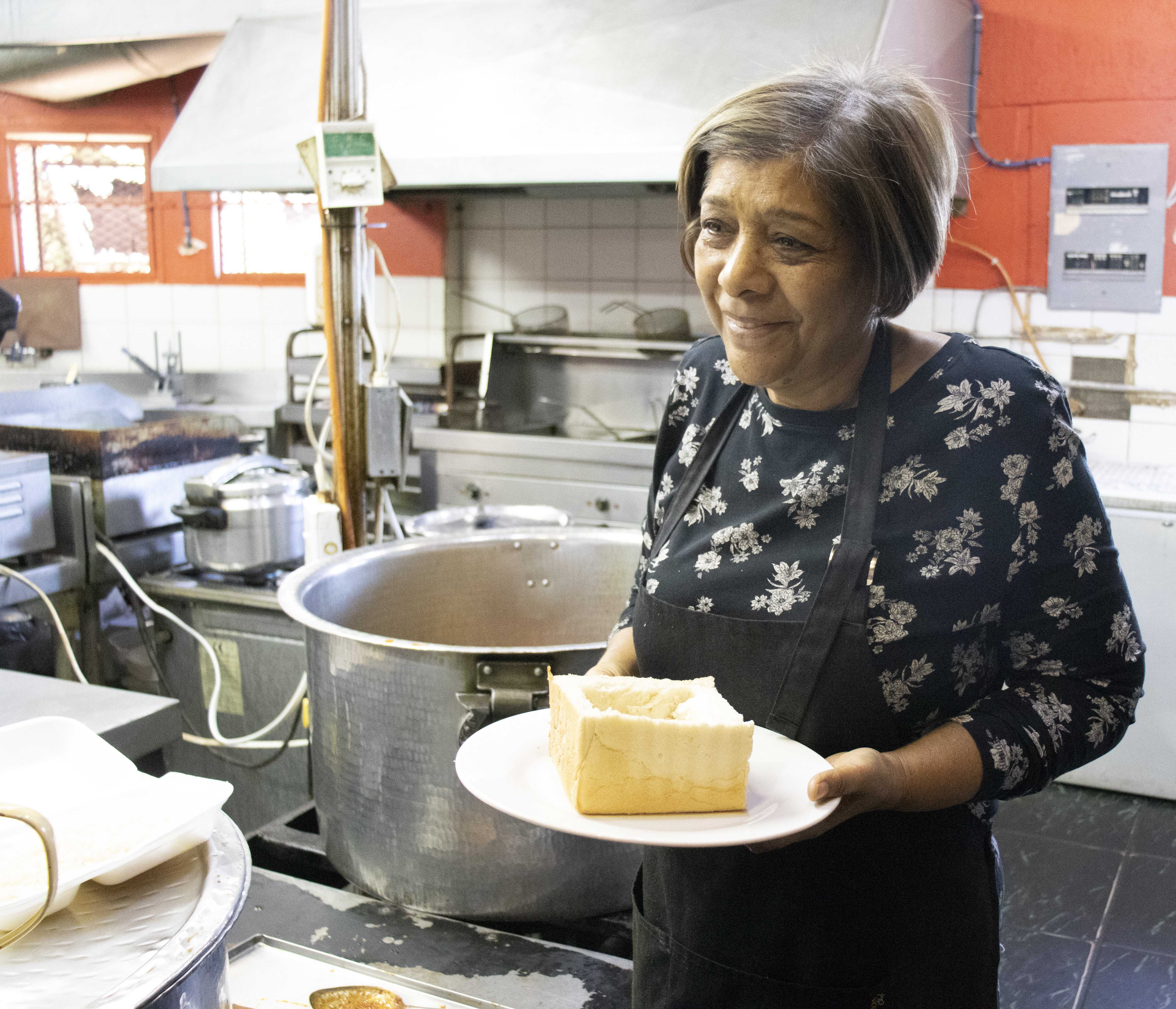
“From Monday to Thursday, we do about 30 kilos [66 lbs] of lamb,” said Pather, adding that whatever food is left at the end of the day is donated to a food pantry. “Over the weekend, it’s twice that amount, and we cook two to four times a day.”
Bunny chow has nothing to do with bunny rabbits. It’s not rabbit food–think lettuce and carrots–and no bunnies are harmed in the process of making the dish. The base of a bunny chow is a loaf of unsliced bread, with the soft middle hollowed out. This is then filled with a choice of spicy curries, beans, lamb, chicken or mutton, and chunks of potatoes and other vegetables. A grated carrot salad or a spicy relish called atchaar is served on the side.
“The most important part is to have enough gravy so it soaks into the bread,” said Shane Ramautar, co-owner with Sean Ramautar of Bunny Chows by Two and a Half Men, located on Florida Road, a popular tourist spot in the port city of Durban. “Without gravy, your bunny is nothing.”
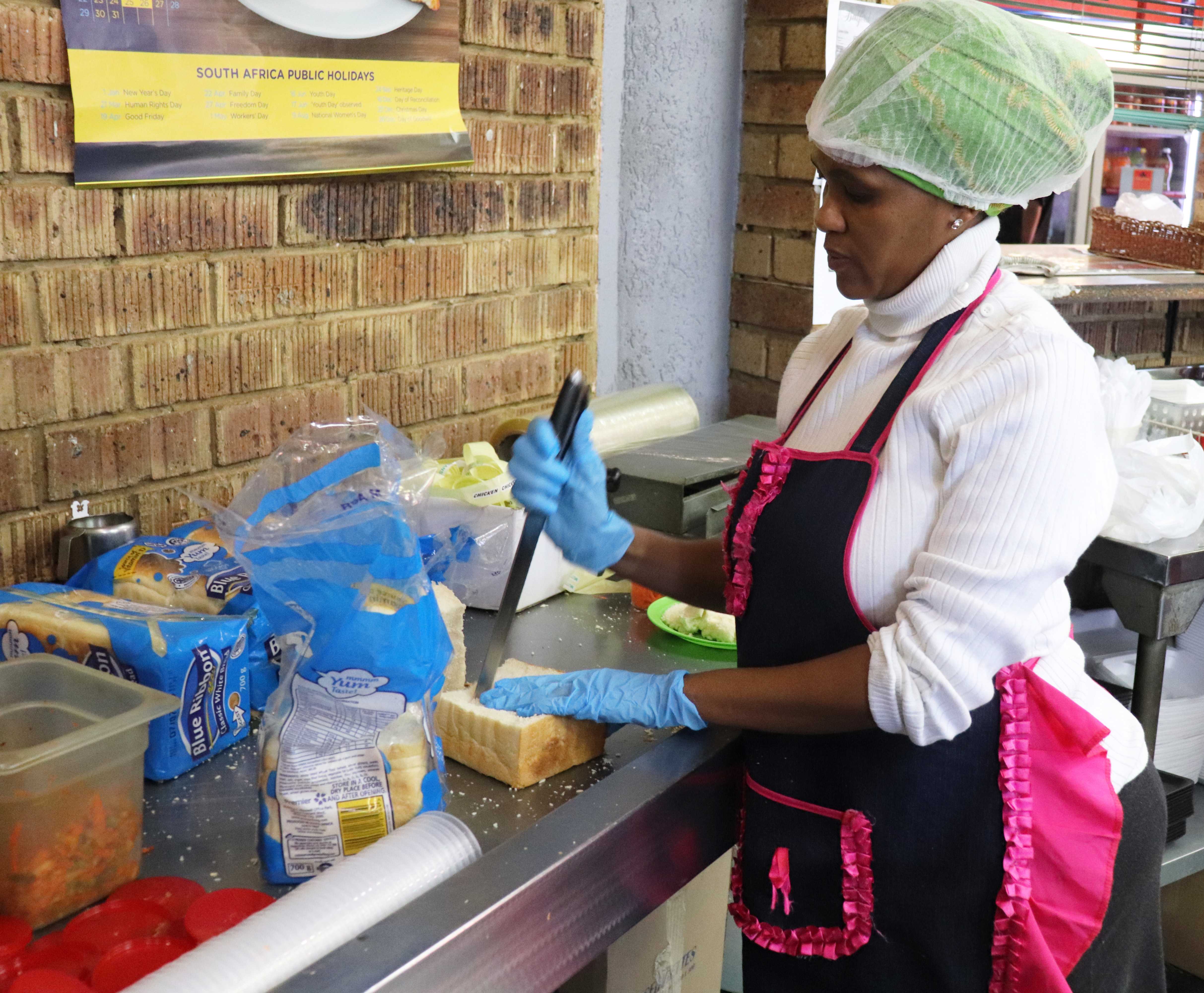
Bunny chow is a native South African cuisine that is enjoyed by locals and popular among tourists as well. While it can be found in many places in South Africa, the origins of bunny chow appear to be tied to Durban, home to the largest Indian population outside of India. This coastal city along the Indian Ocean is an international tourist destination with its picturesque beaches and surfing hotspots.
Ramautar, who opened his takeaway shop a few months ago, grew up in the restaurant business. His parents owned a restaurant and takeaway shop for 25 years in Park Rynie, a city south of Durban. He said he saw potential in selling the dish in an area that attracts large number of tourists throughout the year.
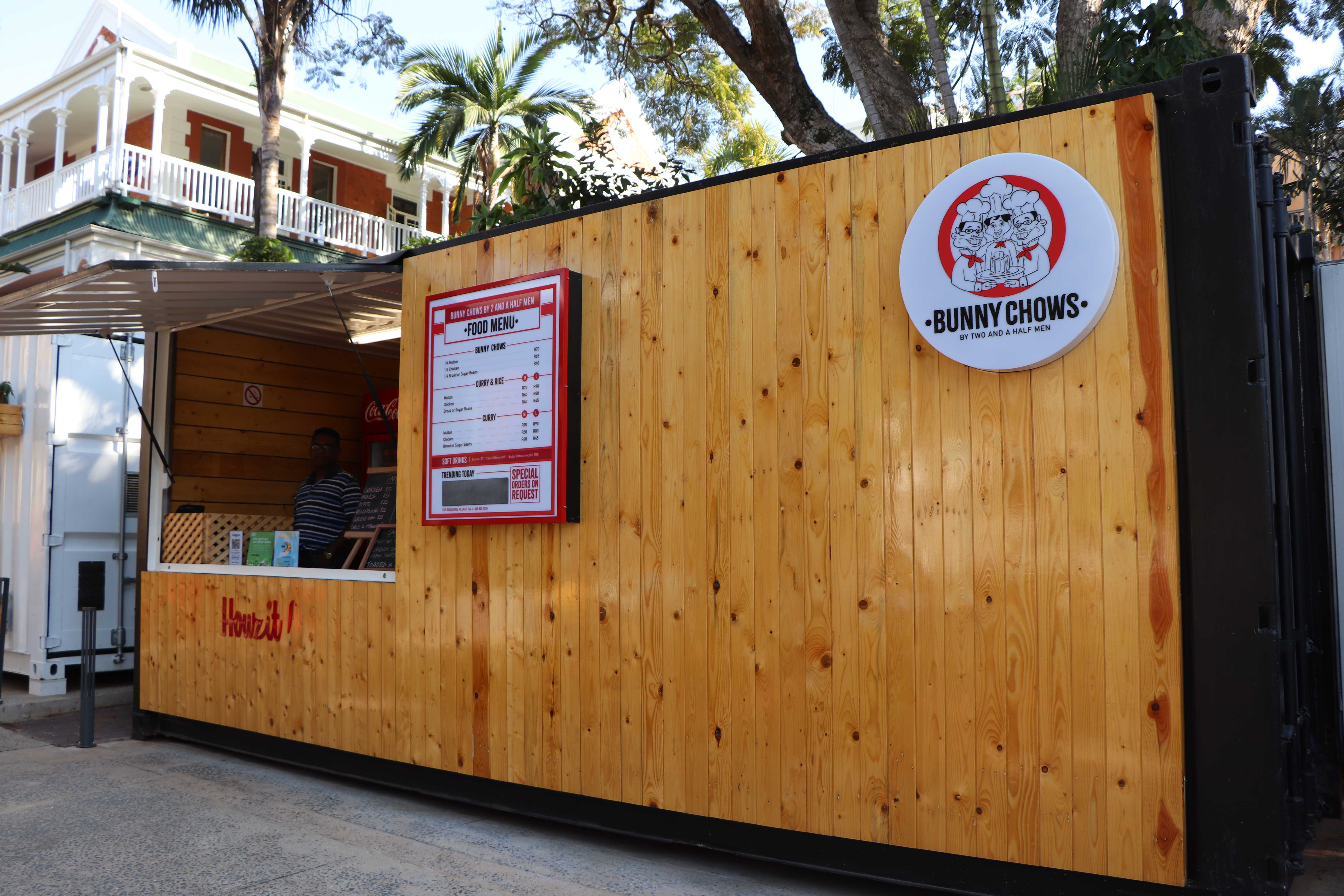
“We have a lot of tourism and foreigners coming on vacation to Durban,” Ramautar said. “And people eat with their eyes, so if they see something different, they want to try it.”
They also eat with their hands. As with many traditional Indian foods, patrons who eat bunny chow are expected to forgo utensils and use their fingers to pinch off pieces of bread that become a scoop for the gravy-laden fillings.
As with a Philadelphia cheesesteak, the bread is everything. A bunny chow is ordered based on how hungry you are and how much bread you want for the base: a quarter bunny, half bunny or a full bunny.
Ramataur said his bread is what sets him apart from the competition though he would not disclose his bread maker.
“I can’t tell you who,” Ramataur said. “He does it specially for us because of the size of the bread.”
Bread is one key ingredient of the bunny chow’s origin story, or more accurately, origin stories. Like much of South Africa’s complex history, the origins of bunny chow are shrouded in race, class and colonialism.
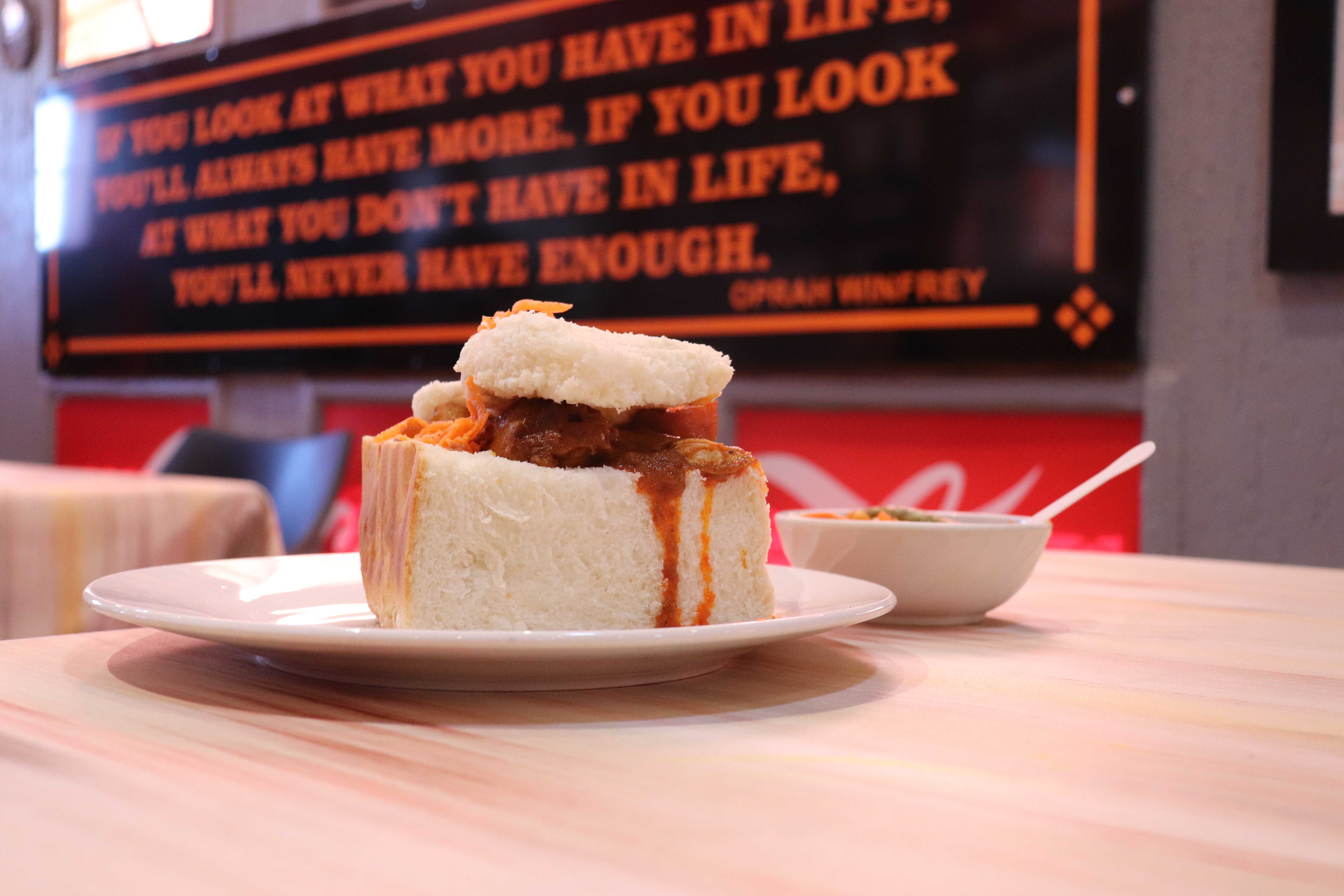
The first of the most common origin stories goes back to the nineteenth century, when Indians were transported to South Africa to work as indentured slaves in the sugar cane industry beginning in the 1860s.
“It’s a dish that was invented by the Indian slaves when they were brought to South Africa,” said Bedford Bunny’s Shamla Pather. “The workers used to take their food and throw it on whatever. There were no plates at all.”
Eventually, Pather said, the plantation workers would hollow out a bread roll, creating an edible container for their curries.
This origin story attributes the name bunny to the owners of colonial-era curry shops, merchants known as banias.
“Because they were known in those days as the banias, they gave it the name bania chow,” Pather said. “Later on, it became the bunny chow.”

Tineo Vanmari, owner of Gujerat Vegee Take-away, located in the township of Chatsworth, south of Durban, also tells the indentured servitude origin story of the bunny chow. Vanmari, who has been serving vegetarian Indian food, including a bunny with beans and mixed vegetables, for the past 20 years, said the plantation workers did not have much money to buy food, so their cheap staple food was bread filled with curry.
“You can put any curry in [the bread],” Vanmari said. “It’s not difficult.”
Another theory of the origin of the bunny chow is from the post 1940s apartheid era, when laws forbade black customers from eating in restaurants and they had to take food to go. Chefs scooped out the soft center of a loaf of bread and filled it with curry, so the customers did not need plastic plates and utensils.
Marlene Ramlall, owner of The Bunny Bar located just off Florida Road in Durban said that’s the version of the story she knows.
“The curry used to be hidden in a loaf of bread,” Ramlall said. “Everybody started eating bunny chow after that. Nobody really tells it that way because it just sounds terrible, but that’s the truth.”
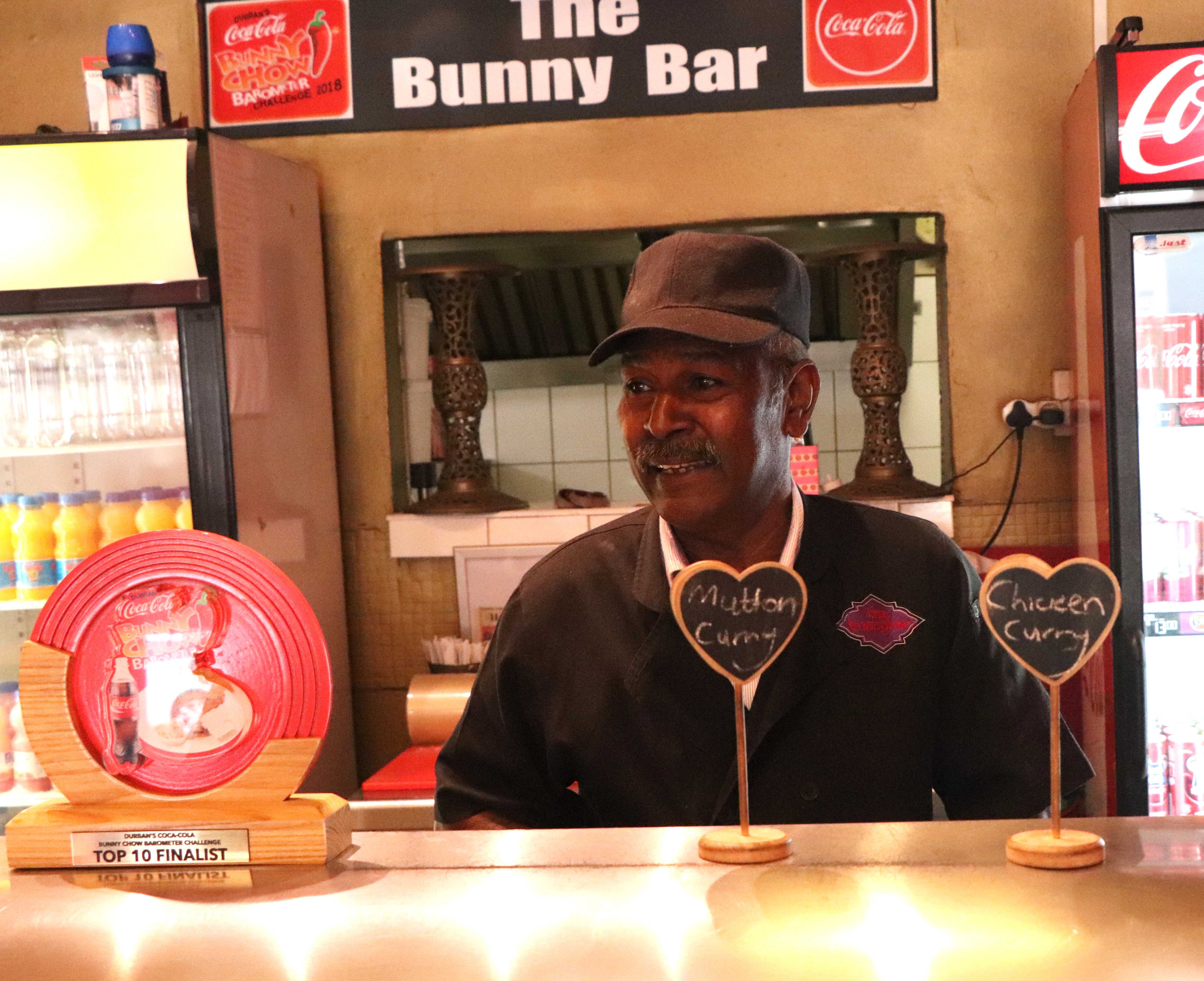
Goolam Vahed, Ph.D., associate professor of history at the University of Kwazulu-Natal in Durban, said food has traditionally been a crucial aspect of family life in Indian culture, but takeaway establishments featuring home-style dishes are growing in number–and that has helped with the spread of establishments that sell take-out bunny chow.
“The last two decades has been marked by massive change with the mushrooming of restaurants as well as home-based industries where people are able to purchase the kinds of meals that they would normally serve at home,” Vahed said in an email to The Hawk.
Even as a takeaway option, the bunny chow is a good meal for customers on a budget, according to Ramlall.
“The vegetarian versions are cheap,” Ramlall said. “For 25 rands you get a bean bunny, and it fills you up. It’s a quarter loaf of bread filled with curry.”
At the current exchange rate, R25 is about $1.70, and that includes the baggie of carrot salad or mango atchaar.
For many Indian owners of bunny chow establishments, bunny chow is an old dish taking on a new life.
Ramlall, whose shop has been open for three years, said bunny chow is eaten differently than it was when she was a child.
“It used to be a family thing,” Ramlall said. “I remember going to the park and eating it. I don’t see people sharing bunnies anymore.”
Vanmari said when she was young, bunny chow was not considered a modern food. Its “retro” image is part of its appeal now.
“Now it’s a modern food because the youngsters love it,” Vanmari said.
Cara Smith ’21, Ana Faguy ’19 and Sarah Harwick ’21 contributed to this story.


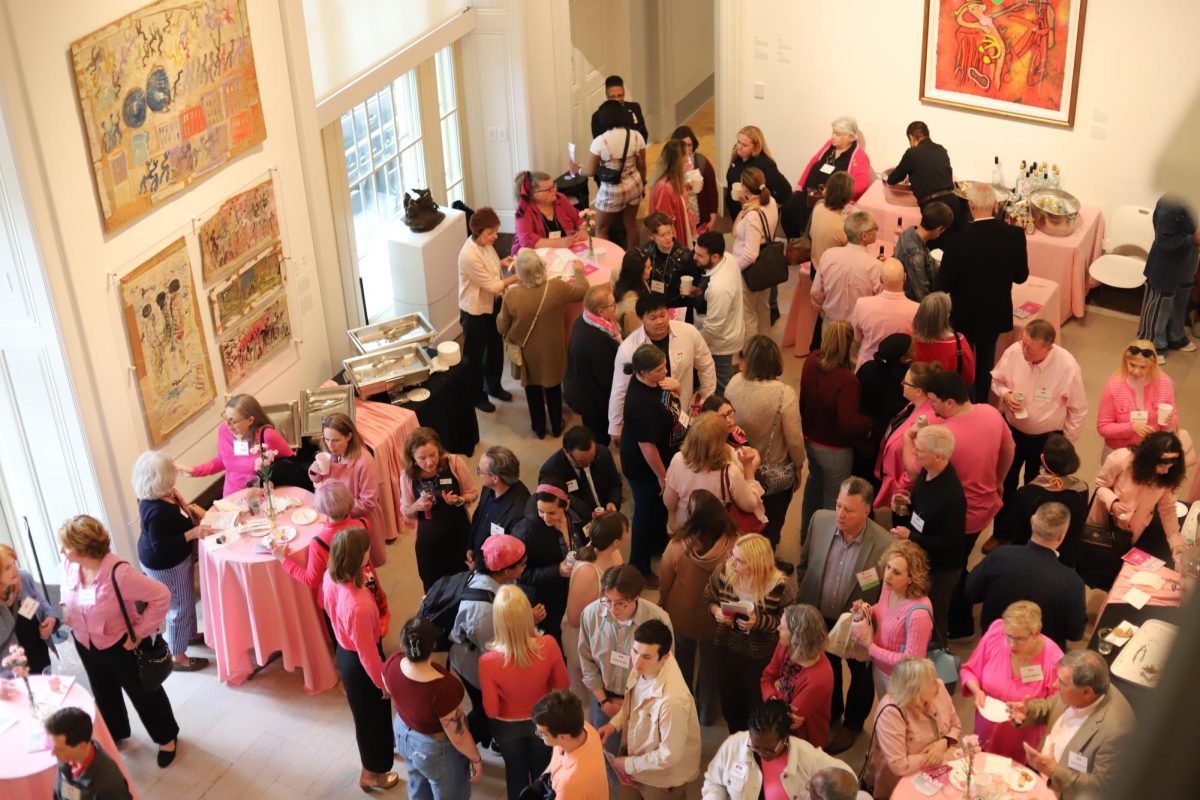

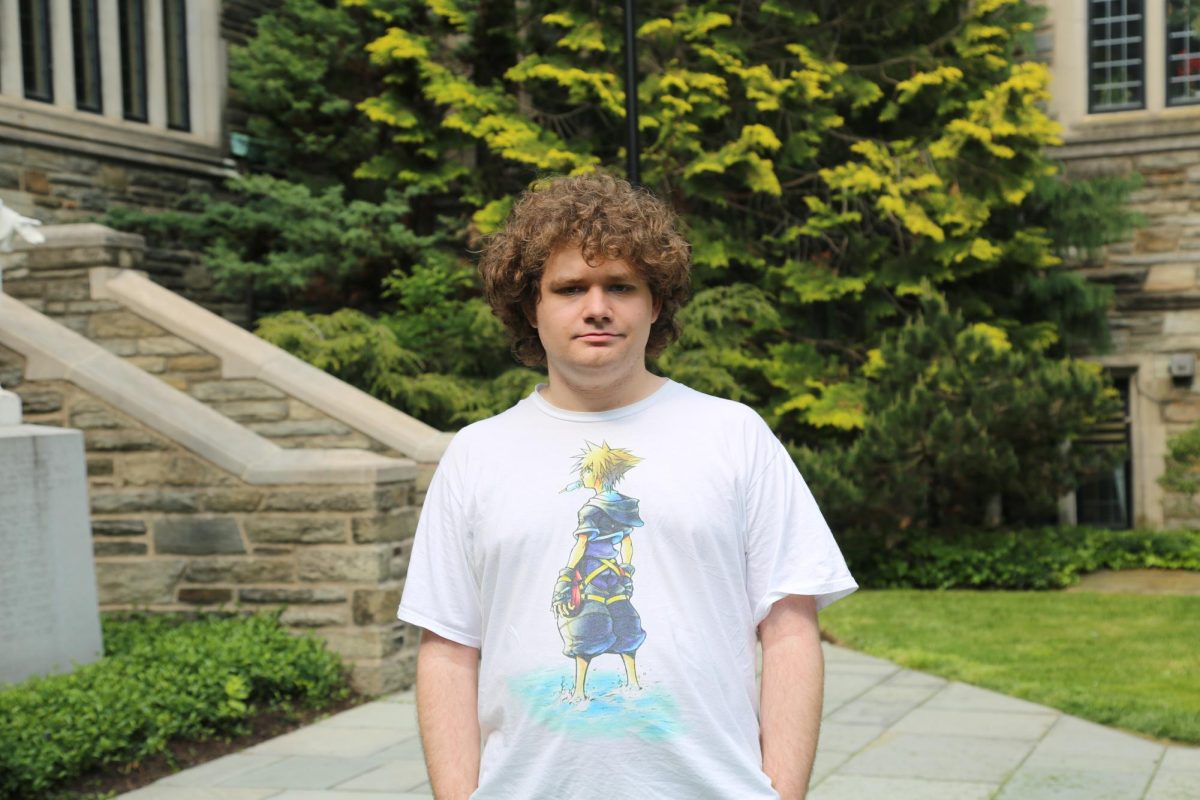






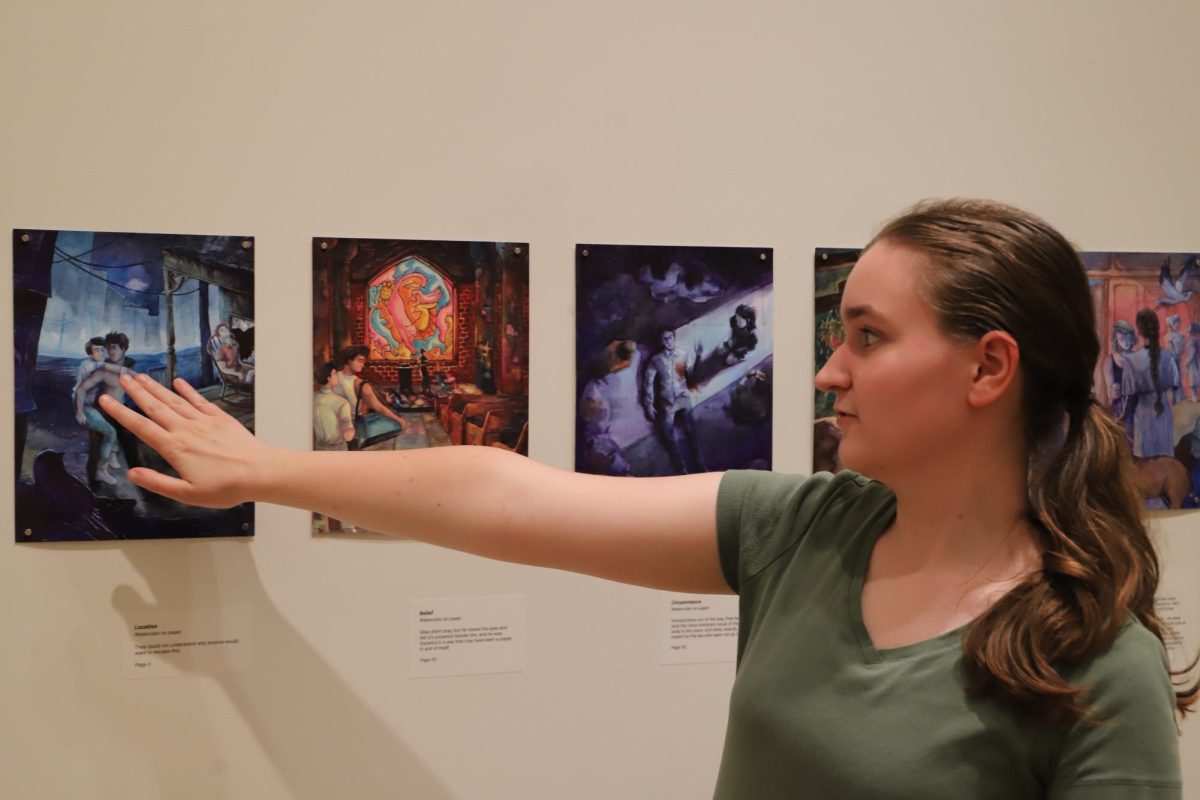

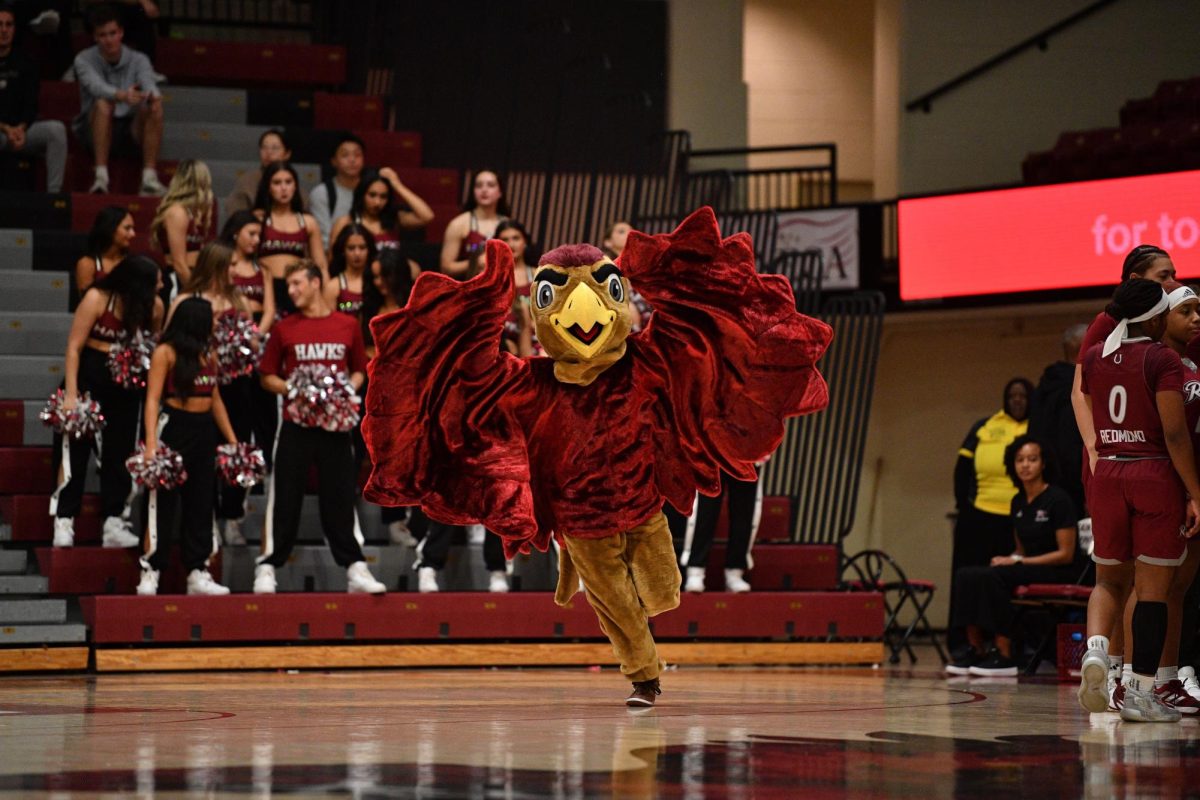

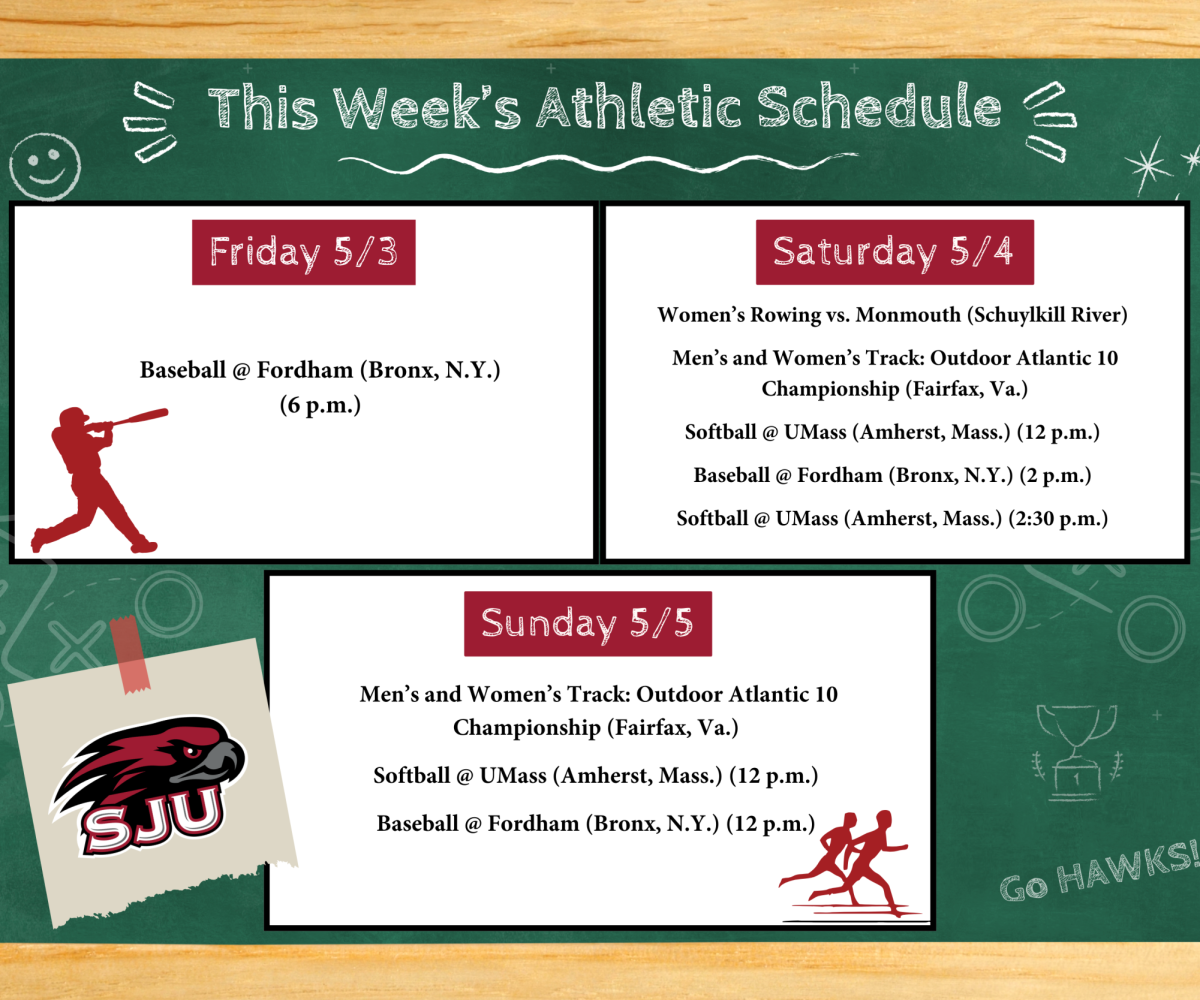

















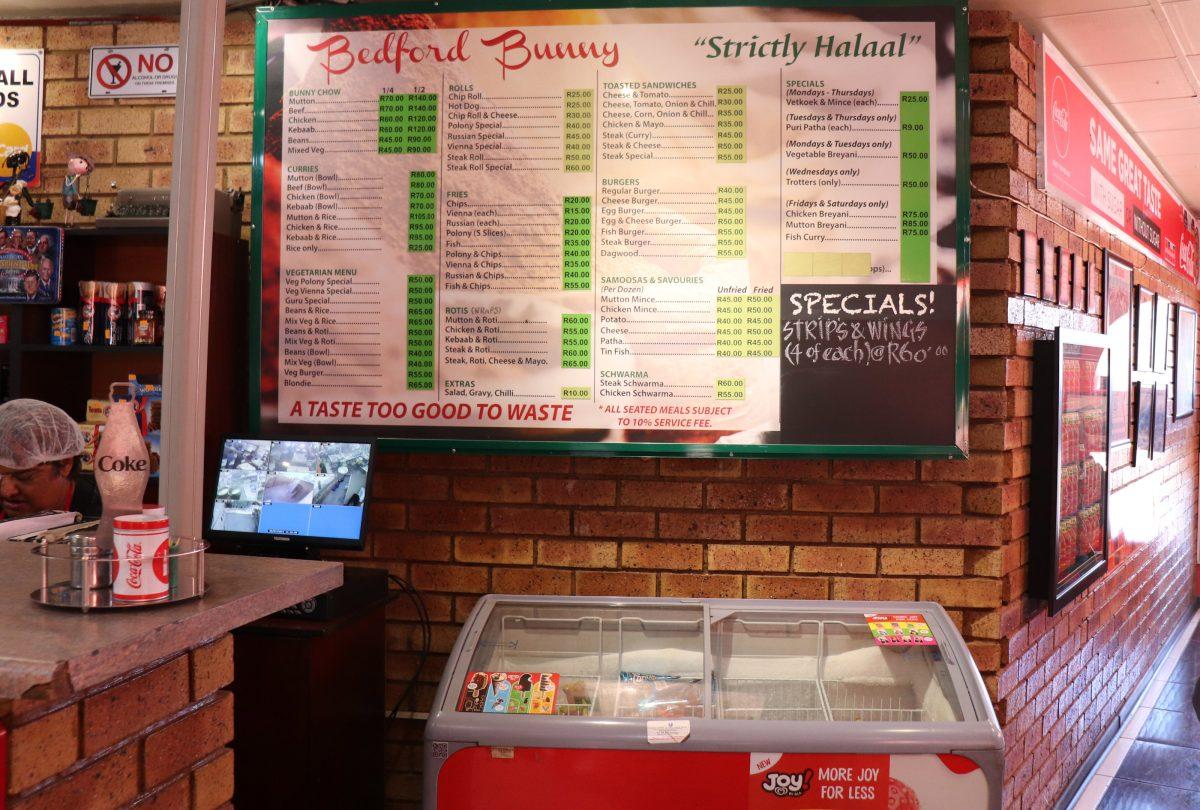


Nancy Littzi • Jul 30, 2019 at 7:41 pm
Wow Great Job Alex that was an amazing story very interesting also!